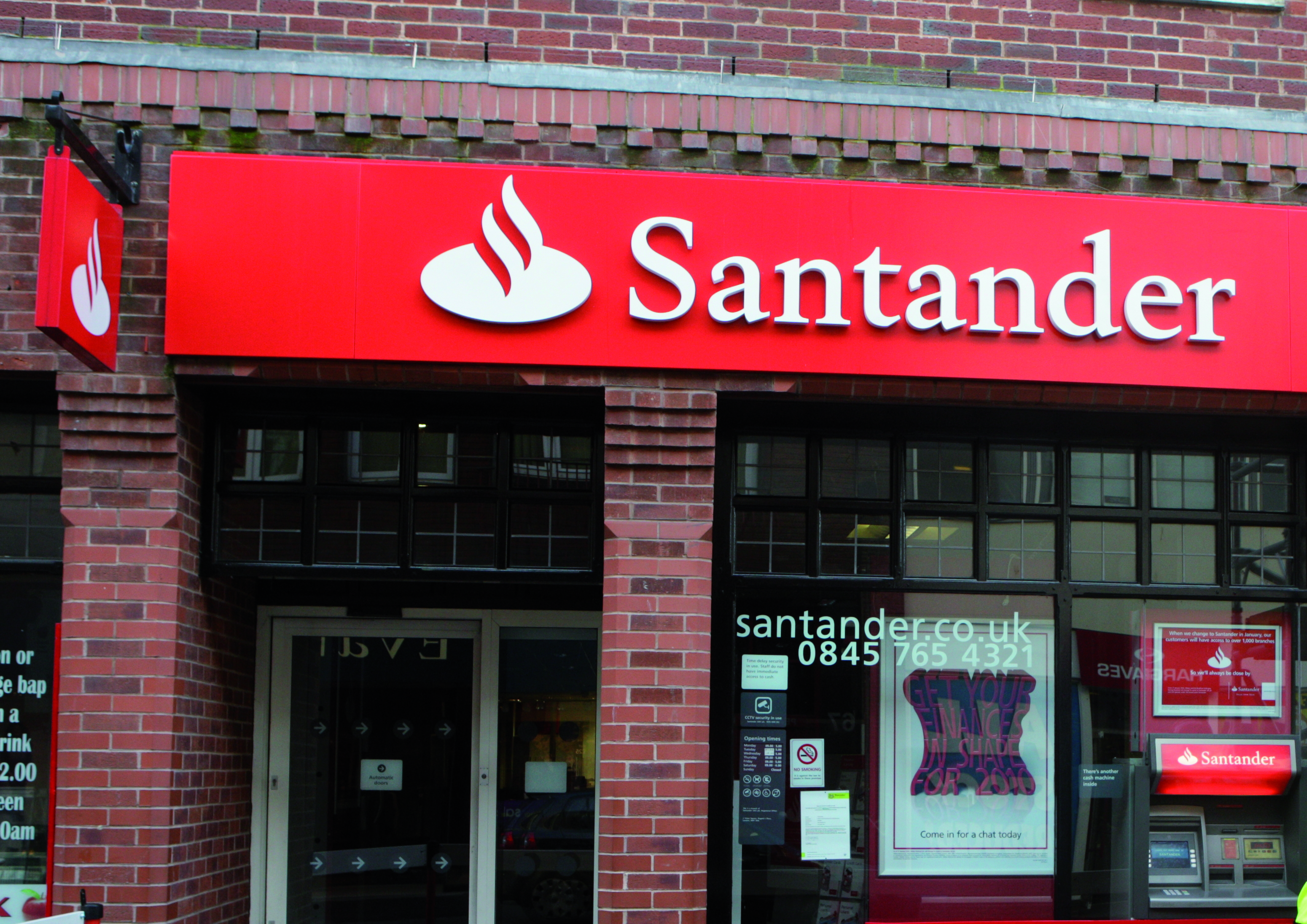According to recent research carried out on behalf of first direct, mortgage holders who have come to the end of their current mortgage deal and are ‘free to leave’ appear more sensitive to a rise in their monthly payments than a rise in the Bank of England Base Rate. When asked how likely various rate […]
 According to recent research carried out on behalf of first direct, mortgage holders who have come to the end of their current mortgage deal and are ‘free to leave’ appear more sensitive to a rise in their monthly payments than a rise in the Bank of England Base Rate.
According to recent research carried out on behalf of first direct, mortgage holders who have come to the end of their current mortgage deal and are ‘free to leave’ appear more sensitive to a rise in their monthly payments than a rise in the Bank of England Base Rate.
When asked how likely various rate rises or payment increases would be to encourage them to look for a new mortgage deal 10 per cent would definitely look if interest rates rose by one per cent, but four times as many would do the same if they saw an increase of £100 in their monthly payments.
This worrying trend indicates that SVR mortgage holders are very likely to experience payment shock as rates do begin to rise. 41 per cent of those on the lookout to move mortgage in the next 12 months would definitely look for a new deal if their monthly payments rose by £100 and of those not planning to be active in the next 12 months 35 per cent made the same claim. Only when faced with an interest rate rise of 3 per cent did a similar proportion of ‘free to leave’ mortgage holders state that they would definitely look for a new deal.
‘Free to leave’ homeowners appear keen to fix but are extremely rate sensitive and all plumped for a shorter term fix at a lower rate when asked to compare various options, highlighting a disparity between expectations of attractive long term fixed rates and those likely to be available on the market in the coming months.
The majority of inactive mortgage holders (those with no current plans to move or remortgage) are happy on their current SVR, enjoying the benefits of low monthly mortgage payments and have few incentives to leave. An increase in their monthly payments rather than a rise in interest rates is more likely to knock these consumers out of their inertia. If payments increased by up to £100 per month, over 37 per cent of respondents would look for a new deal, but an interest rate rise of 2 per cent would have the same impact on only 1 in 6. Half of those with no intention to be active said that they would switch lenders for a saving of £100 per month and a worrying 36 per cent of inactive mortgage holders don’t know what their current interest rate is!
Richard Tolchard, senior mortgage product manager at first direct commented:
“It’s easy to see why homeowners enjoying the benefits of a low variable rate might be unwilling to volunteer for an increase in their monthly payments by moving to a fixed rate now. The upside is that those who move now could be laughing in the end. The “wait and see homeowner” looks set for a payment shock when base rate does move, with a 1 per cent increase in variable rates driving a monthly payments rise of over £112 per month. The best fixed rates are likely to be long gone when this happens.”













